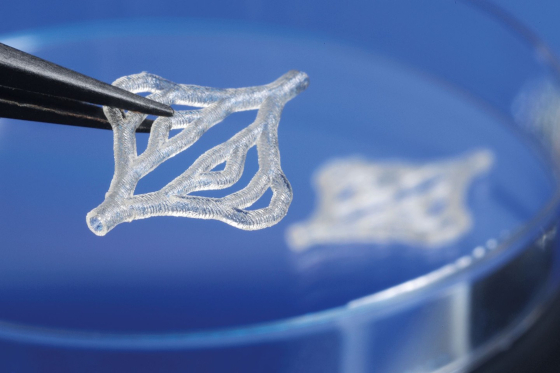Laser processes are particularly suitable for manufacturing and processing products for the biomedical sector: from precise joining under sterile conditions to the insertion of pores, cavities and channels in microfluidic systems and lab-on-a-chip solutions using ultrashort pulse lasers or selective laser etching through to the targeted functionalization of surfaces. The laser technology processes required for reliable, safe and highly efficient biofabrication are developed at Fraunhofer ILT, whether for tissue engineering, individualized 3D-printed implants, prostheses or inner ear hearing aids.
 Fraunhofer Institute for Laser Technology ILT
Fraunhofer Institute for Laser Technology ILT